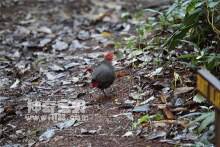
The red-headed Partridge (Haematortyx sanguiniceps) feeds on hard seeds. Usually live alone or in pairs.Listed on the International Union for Conservation of Nature (IUCN) 2016 Red List of Threatened Species ver 3.1 - Not Threatened (LC).Protect wild animals and eliminate wild meat.Maintaining ecolo...

The grey partridge, Francolinus pondicerianus or Gray Francolin, likes to travel alone or in pairs, and is good at forming flocks like other chickens. They fly very fast, often in a straight line. They are extremely vigilant and always hide in grass or bushes, making them extremely difficult to spot...
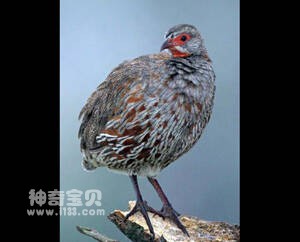
Francolinus pictus prefers to live alone or in pairs, forming flocks like other chickens. They fly very fast, often in a straight line. They are extremely vigilant and always hide in grass or bushes, making them extremely difficult to spot. When frightened, most of them fly to higher ground, which i...
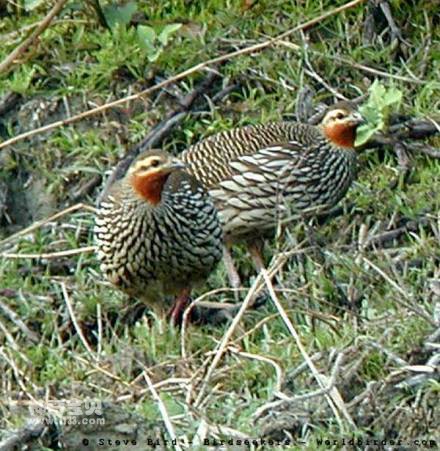
The swamp partridge, Francolinus gularis, is very territorial, and the males often fight for territory.Swamp partridges like to travel alone or in pairs, and are good at forming flocks like other chickens. They fly very fast, often in a straight line. They are extremely vigilant and always hide in g...
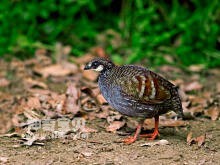
Black partridges are known as Francolinus francolinus and Black Francolin. They live in groups and often forage in groups of 10 to 14. Both males and females can produce a high-pitched call that can travel a long distance. It is an omnivorous bird, mainly feeding on wild plant seeds, grain seeds, be...
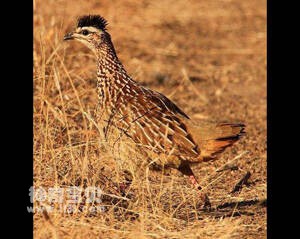
Francolinus sephaena, or Crested Francolin, is a small, omnivorous pheasant bird.When a partridge is frightened, its dark crest will stand upright and its tail will rise 45 degrees as it walks. It feeds on fruits, seeds and insects. The nest is usually built under bushes, but occasionally it is buil...
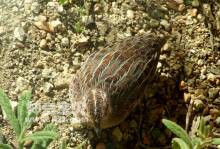
Coturnix pectoralis (also known as Pectoral Quail) is a quail that often travels in pairs rather than flocks. It is often active in the plains, wastelands, streams and hillsides where dense weeds or undergrowth grow, and sometimes near arable land. Mainly eat weed seeds, beans, grains and berries, y...
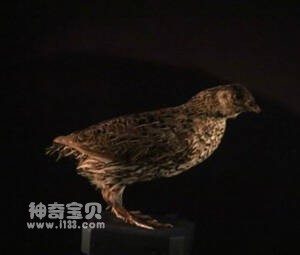
New Zealand quail Coturnix novaezelandiae (New Zealand Quail), little is known about New Zealand Quail, only from a person named Buhler collected a painting of New Zealand quail to imagine their posture, and from the habits of brown quail to guess the daily life of New Zealand quail: They usually li...

The Quail's scientific name is Coturnix delegorguei, and its foreign name is Harlequin Quail, and they often move in pairs rather than groups. It is often active in the plains, wastelands, streams and hillsides where dense weeds or undergrowth grow, and sometimes near arable land. Mainly eat wee...
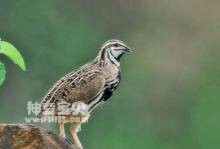
The black-breasted Quail is known as Coturnix coromandelica or Rain Quail and is found in pairs rather than groups. It is often active in the plains, wastelands, streams and hillsides where dense weeds or undergrowth grow, and sometimes near arable land. Mainly eat weed seeds, beans, grains and berr...

Tragopan (Argusianus argus) is known as the Great Argus and has two subspecies.The pheasant roosts in trees at night and rummags for food on the woodland floor during the day, spending most of its time alone, except during breeding when the females gather to watch the males display in the courtship...
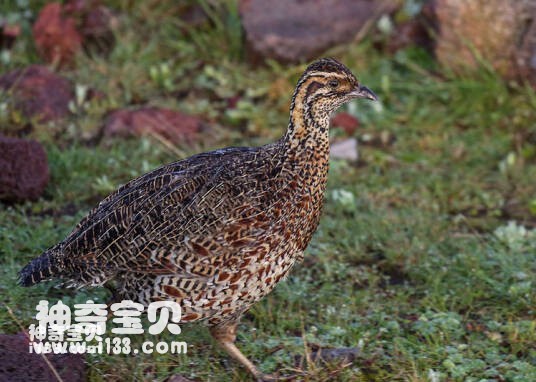
The Sumatran mountain partridge, known scientifically as Arborophila sumatrana, is good at hiding. They often live in pairs or groups, consisting of 4-12 individuals. Most of the activity is on the forest floor, and at night, it perches on branches. Every morning and evening, often issued a series o...

Scientific name Arborophila rubrirostris, foreign name Red-billed Hill Partridge, good at hiding. They often live in pairs or groups, consisting of 4-12 individuals. Most of the activity is on the forest floor, and at night, it perches on branches. Every morning and evening, often issued a series of...

Its scientific name is Arborophila rolli and its foreign name is A partridge in Roche holster. Its meat is rich in protein and fat, and contains 18 kinds of amino acids necessary for human body and high trace elements such as zinc and strontium. It has the effect of strengthening the Yang and kidney...
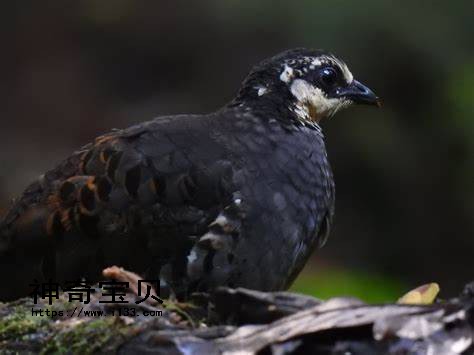
Arborophila orientalis, Gray-breasted Hill Partridge, good at concealing. They often live in pairs or groups, consisting of 4-12 individuals. Most of the activity is on the forest floor, and at night, it perches on branches. Every morning and evening, often issued a series of calls, repeated calls,...
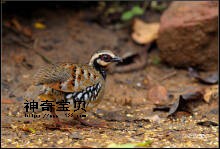
Vietnamese mountain Partridge scientific name Arborophila merlini, foreign name Vietnam Hill Partridge, good at hiding. They often live in pairs or groups, consisting of 4-12 individuals. Most of the activity is on the forest floor, and at night, it perches on branches. Every morning and evening, of...

The brown-bellied Arborophila javanica, Chestnut-bellied Hill Partridge, is good at hiding. They often live in pairs or groups, consisting of 4-12 individuals. Most of the activity is on the forest floor, and at night, it perches on branches. Every morning and evening, often issued a series of calls...
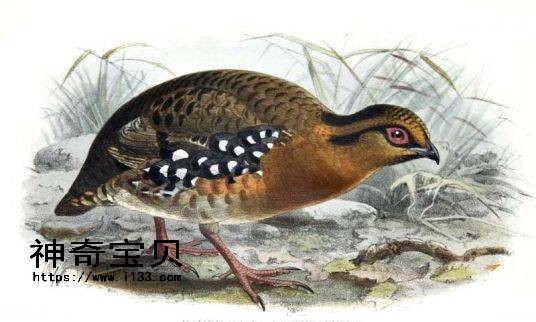
The Red-breasted Hill Partridge is known as Arborophila hyperythra and red-breasted Hill partridge. They often live in pairs or groups, consisting of 4-12 individuals. Most of the activity is on the forest floor, and at night, it perches on branches. Every morning and evening, often issued a series...